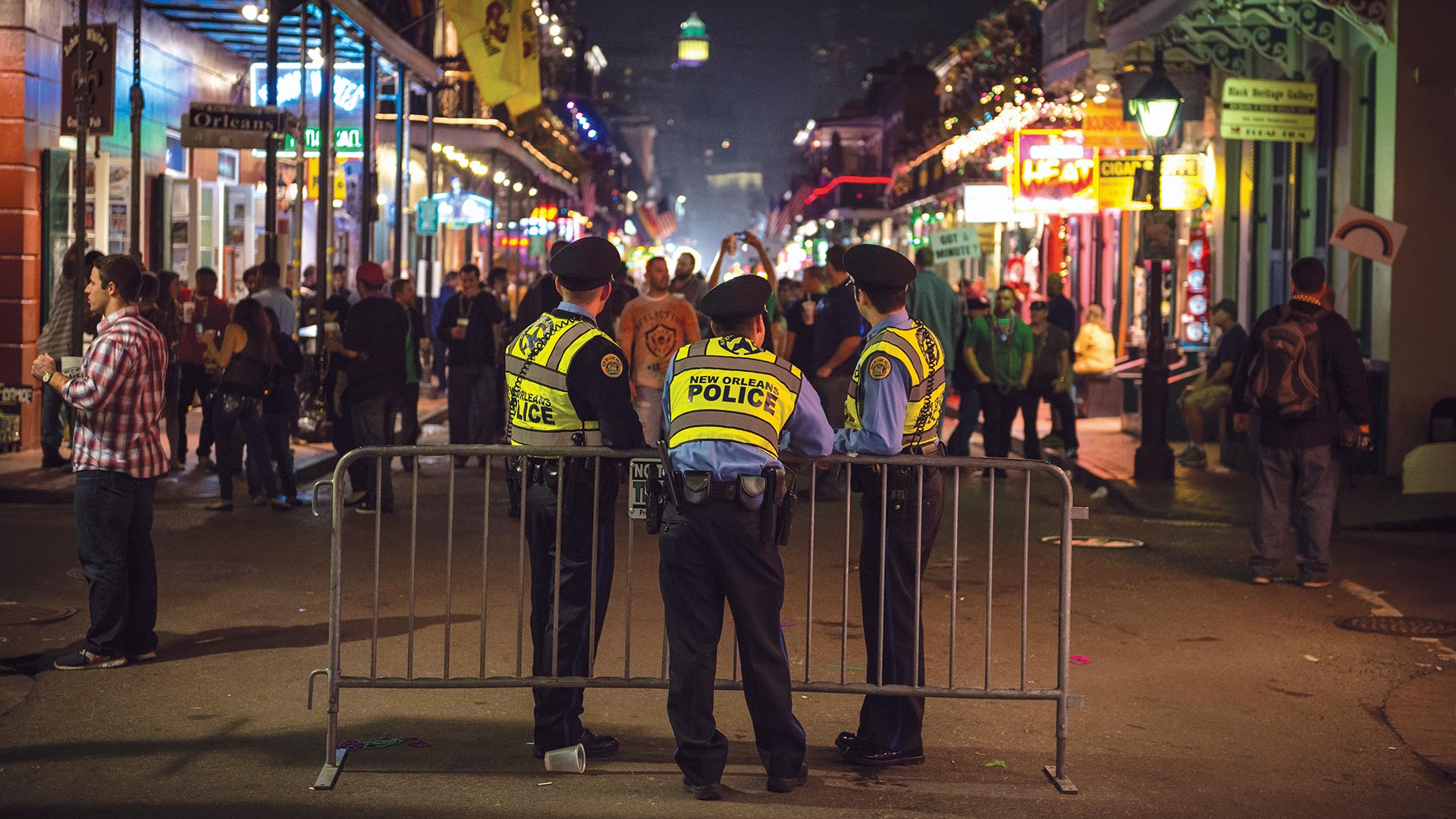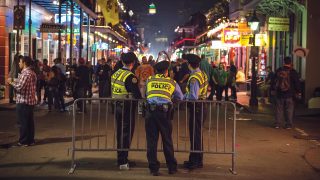
Every law enforcement agency across the U.S. has its own unique challenges. However, policing in areas associated with tourism and seasonal population increases presents obstacles and issues that many other departments don’t deal with as much, or at all.
Vacation destinations offer visitors ample opportunities for fun, adventure and entertainment — and are all too often affected by criminal activity. Tourism is a $100 billion-per-year industry in the U.S., hosting over 57 million visitors and supporting 204 million jobs related to tourism.
Overall, the most common crimes in tourist-based locales include property crimes, financial crimes, violent crimes and organized crime. Organized crime can involve activities such as human trafficking, which may not be as well reported or documented as violent or property crimes.
A top-20 list of cities with the most criminal activity includes several tourist-centered jurisdictions, such as New Orleans, Orlando and Las Vegas. For example, New Orleans has a crime rate of 60.98 crimes per 1,000 people; Orlando sees 48.54 crimes per 1,000 people; and Las Vegas has a crime rate of 35.41 per 1,000 people.
Officers in these areas frequently encounter situations that many of us do not see on a regular basis. The upside is that law enforcement agencies in these jurisdictions tend to be well funded; the downside is that these officers are some of the busiest in the country. Beyond criminal cases, they are often tasked with traffic control, investigating traffic accidents and other such incidentals.
The tourists
Nestled in the Ozark Mountains, Branson, Missouri, sees millions of visitors each year. The main thoroughfare through the small city, State Highway 76, is called “the Strip.” Along the Strip, vacationers will find live music theaters, amusement centers, restaurants, motels and souvenir shops. Deemed the “poor man’s Las Vegas,” Branson has expanded with thousands of motel rooms to accommodate its visitors. What most tourists never see is the day-to-day turmoil, traffic accidents and shoplifting incidents. One former Branson officer mused about the interesting activities some of the more adventurous tourists get involved in, coining a simple unofficial motto adopted by many touristy jurisdictions: “They come on vacation, leave on probation.”
Tourists can and have been targets of criminals — pickpocketing, vehicle burglaries and scams are just a few of the obstacles they may face. Tourists can also be the criminals themselves, committing offenses such as driving under the influence, drug possession and domestic violence, which officers cite as common problems during the busy tourist season.
The transients
Most tourist towns have a large number of transient workers living in extended-stay motels or low-income housing. This population may only stay for one or two seasons before moving on to other areas. Many officers would quickly agree that this group makes up a large contingency of those they arrest for various crimes. One of the difficulties in investigating crimes involving transients is their ability to pick up and leave at a moment’s notice. This complicates investigations, and sometimes identifying them can be just as challenging.
Additionally, tourist locations are magnets for the homeless. They often live in less savory areas, perhaps on the outskirts, but are inevitably present in public venues during the day. Panhandling is generally their modus operandi as they seek money for their vices or, when soup kitchens aren’t available, for sustenance. Others may take odd jobs or wash dishes in local restaurants.
Transient workers usually seek low-priced housing, often in long-term-stay motels. Agencies in towns with these types of units are very likely familiar with the residents and often are on a first-name basis with the managers and desk clerks. While typical crimes in these areas involve domestic violence and drug and alcohol abuse, these locations are prime spots to find suspects connected to crimes elsewhere in the jurisdiction.
The criminals
Professional criminals love tourist towns. They can operate a host of lucrative activities, including drug trafficking, theft rings, fraud, counterfeiting, prostitution and other types of human trafficking. There is also no shortage of other types of crimes, such as white-collar financial offenses, including various types of fraud.
Organized crime is almost always an issue in tourist locations, even if only peripherally. Tourists are often viewed as easy targets for such schemes like pickpocketing or vehicle accident insurance fraud.
Investigating criminals in tourist towns can also be tricky. These offenders can be as transient as some of the local inhabitants. Investigators attempting to locate or even identify them often face incredible hurdles due to the suspects’ ability to just bug out and move on to a new location.
Local efforts to reduce crimes against tourists
Police agencies in tourist destinations should strive to maintain a conspicuous presence in high-traffic areas such as shopping malls, theme parks, public events and hotel or motel public spaces, including parking lots. Having video surveillance cameras placed in strategic locations may provide an additional layer of security in these tourist-centered areas. Moreover, prosecutors and courts should develop programs allowing crime victims to testify via teleconferencing, rather than having to travel hundreds of miles to appear in person.
There are many aspects of working in a tourist town that most other law enforcement officers are fortunate enough not to have to navigate in their day-to-day duties. Even the sheer volume of people surging into a small area during tourist season is enough to intimidate many officers. Our hats are off to the hardworking individuals who pursue this avenue of police work. The obstacles they overcome each day make some of our other duties pale in comparison.
As seen in the November 2025 issue of American Police Beat magazine.
Don’t miss out on another issue today! Click below:





